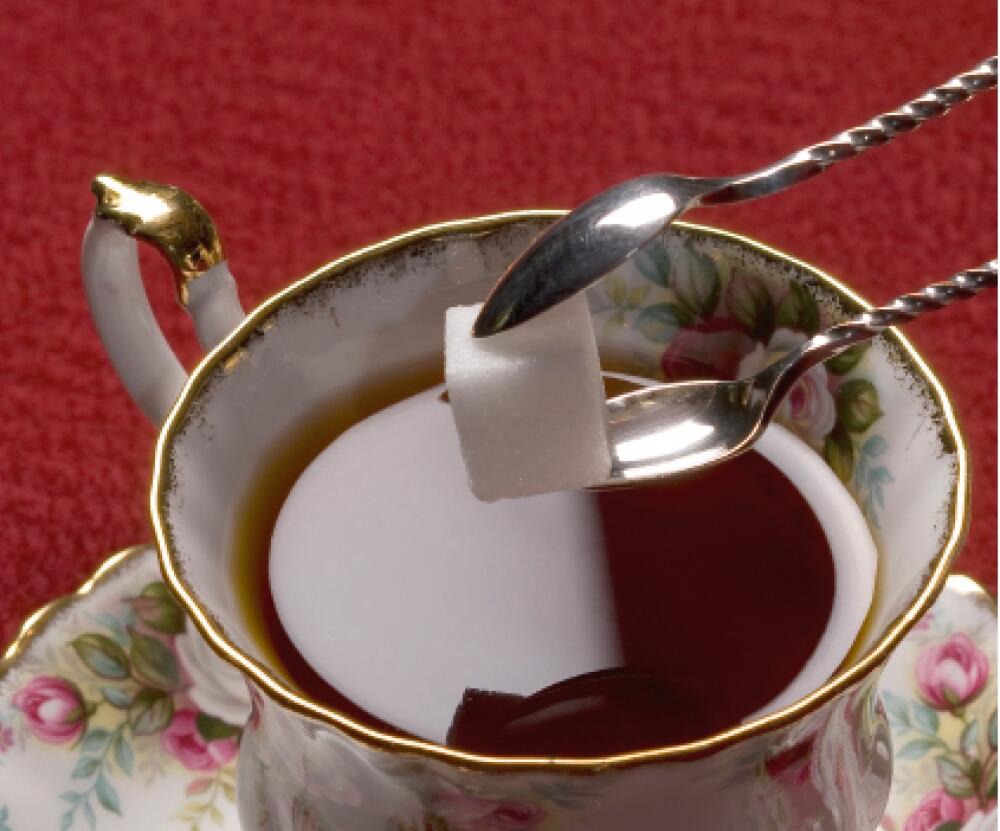Bitter sweet

Helen Thornley provides a history lesson on the taxation of sugar
In March, the World’s Original Marmalade Festival will be held at Dalemain, in Cumbria. An annual event, the festival is now in its thirteenth year. In the preceding months, hundreds of amateur marmalade makers like me will have been busy adding vast quantities of sugar to cooked citrus fruits, – all hoping to make a preserve good enough for a coveted gold award.
It’s hard not to wince while pouring mounds of sugar into the pan. We all know too much sugar isn’t good for us. In terms of tax though, despite increasing concerns over the nation’s obesity levels, sugar is not yet truly subject to the sin taxes applied to alcohol and cigarettes.
While some sugary treats such as sweets and confectionary are generally standard rated for VAT, cakes and biscuits are not – provided, of course, that the biscuit isn’t chocolate coated. Indeed, sugar itself is zero-rated. The intricacies of VAT on sweet treats (Jaffa Cake anyone?) are not driven by health concerns. Instead, the rules are linked to the history of VAT. When VAT replaced purchase tax in the UK, it took on some of the characteristics of its predecessor. Purchase tax was aimed at ‘luxury’ items, like sweets and did not apply to ‘everyday essentials’ such as sugar, cake and plain biscuits.
The underlying duties or rebates on sugar are hidden from the end consumer. Sugar made from sugar cane imported from outside the EU is subject to tariffs dependent on the country of origin. By contrast, sugar made from sugar beet grown within the EU falls within the Common Agricultural Policy (CAP). Although sugar production quotas were withdrawn in 2017, EU member countries can provide beet growers with support. During the EU referendum, cane sugar refiners Tate and Lyle came out in support of Brexit, arguing that the effect of EU import tariffs and the CAP put them at a disadvantage to sugar beet refiners.
Not until April 2018 will there be a levy on sugar for health reasons. The Soft Drinks Levy will apply to certain drinks containing added sugar. The levy is not charged directly on the consumer but on producers, packagers, and importers of sugary drinks. It applies to drinks with more than 5g of sugar per 100ml – a ratio that looks positively healthy compared to the two kilos of sugar for every one kilo of Seville oranges in my marmalade recipe! The intention of the levy is to reduce sugar consumption by encouraging drinks manufacturers to reformulate.
It will be interesting to see whether the levy is effective in tackling obesity, a concern that simply didn’t factor in discussions of past sugar duties.
Until the twentieth century the UK obtained its sugar from sugar cane, often produced by slave labour. Imports were subject to a duty which varied not just with the grade of sugar, but its origin. Arguments over the rate of sugar duty during the nineteenth century involved slavery, free trade and the relationship of Britain to her colonies – versus the cost of what was viewed as a nutritious food for British workers.
Controversial even at the time, the 1846 Sugar Duties Act prioritised free trade. This and subsequent Acts brought in a phased reduction of the penal import duties on plantations using slave labour. Eventually sugar produced in British colonies was subject to the same tariffs as sugar from plantations using forced labour.
Since sugar was expensive, businesses that used large quantities would try to reduce the cost. Some large consumers of sugar moved off-shore to avoid mainland duties. In 1857 marmalade producers, Keillers of Dundee, opened a second factory in Guernsey for that purpose. When sugar duty was rescinded in 1874 Keiller’s found that, without the duty savings, the additional transport costs from the island meant the factory was no longer sufficiently profitable. In 1879 Keillers moved their Guernsey operations to London, arriving in Silvertown around the same time as Henry Tate & Sons.
The alternative approach was to adulterate sugar with a cheaper substitute that looked similar, such as powdered gypsum or daft. In the 1858 Bradford sweet poisoning, 17 people died and over 200 fell ill from a batch of lethal peppermint humbugs. The confectioner had meant to use daft, but his supplier muddled up two identical barrels of white powder and unwittingly sent 12 pounds of arsenic. Each lozenge was found to contain enough arsenic to kill two people.
Sugar sweetens the Seville oranges in marmalade, but can never sweeten its own bitter history.


